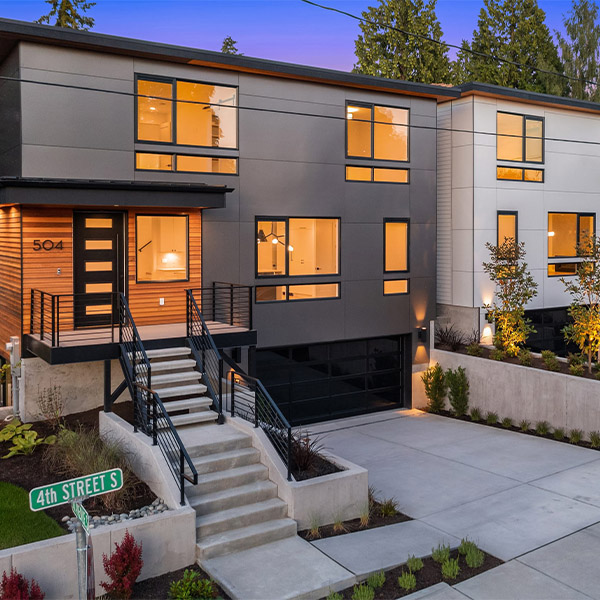Growth in the number of retail hydrogen fueling stations accelerated in California over the last year, with 56 stations now open, although the state is projecting that it will meet a 100-station target in 2024 rather than 2023.
The state’s 56 retail hydrogen stations open at the end of June marked an increase of eight in the last year, according to a report from the California Air Resources Board (CARB).
In mid-2020, the number of open hydrogen fueling stations was 42, an increase of only one station compared to 12 months earlier. CARB blamed the COVID-19 pandemic for the slow pace of station development in that period.
Meanwhile, about 11,134 fuel cell electric vehicles (FCEVs) were registered in the state as of April 1, up from 7,993 FCEVs in April 2021, the report said. The number of FCEVs on California roads is projected to reach 34,500 in 2025 and 65,600 in 2028.
Annual Evaluation
CARB prepares a report each year on deployment of FCEVs in California and development of hydrogen fueling stations. The report is required by Assembly Bill 8 of 2013.
AB 8 instructed the California Energy Commission (CEC) to fund the development of hydrogen fueling stations until there are at least 100 publicly available stations operating in the state. And a 2018 executive order from Gov. Jerry Brown set a statewide goal of 200 hydrogen stations by 2025.
The eight new hydrogen fueling stations identified in the 2022 report include two stations in the Los Angeles area, three in Orange County and three in the San Francisco Bay Area. Those are also regions where FCEV registrations are concentrated.
Station development isn’t going quite as fast as CARB predicted a year ago. At the time, the forecast was for 97 stations to be open by the end of 2022; now it appears that 79 stations will be open this year. The 100-station milestone has been pushed to 2024.
Station developers say they’re being slowed down by the permit review and approval process, the wait for electric utility connections, and delays in getting equipment.
Still, CARB said, 79 stations by year’s end would be “a significant increase.”
“If achieved, [it] will be the fastest pace of station openings in California history,” the agency said.
CARB noted that station development is becoming more difficult to track because not all projects are receiving state funding. CARB’s current analysis doesn’t include a plan that Iwatani and Chevron announced in March to build 30 hydrogen fueling sites in California by 2026. The stations would be in addition to those that Iwatani is developing under an agreement with CEC.
Renewable Content Calculated
The report also analyzes the renewable content of hydrogen transportation fuel. An estimated 59% of the fuel was renewable in 2021 and the figure was 65% in the first quarter of this year. Those numbers exceed state requirements, including a 40% renewable minimum in the hydrogen refueling infrastructure (HRI) program within CARB’s low-carbon fuel standard (LCFS).
HRI allows station operators to receive extra LCFS credits based on the difference between station capacity and fuel sales. Sixty-three stations are now approved to receive HRI credits.
While the recent figures exceed state requirements, they’re less than the 90% or more renewable percentage in the first half of 2021, CARB said.
The reduction may be due to station operators diversifying their hydrogen supply following past supply constraints, the agency said.
CARB’s 2022 report on hydrogen fueling stations, and reports dating back to 2014, are available here.

